Beginner’s Guide: Buying your first vintage synthesizer
Take your first steps into the wonderful world of classic synthesizers.
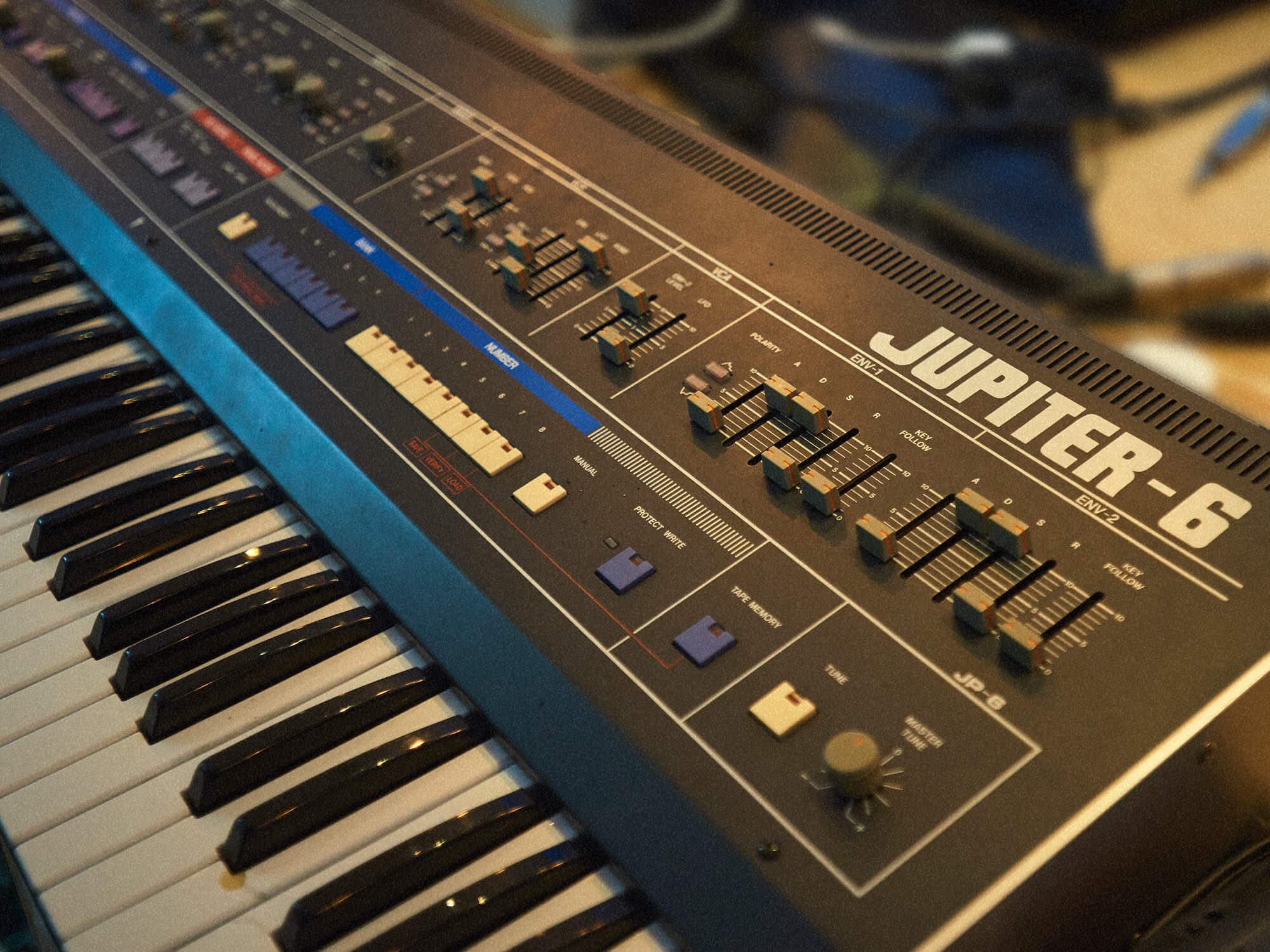
Image: MusicTech
Synthesizers are varied and plentiful. They’re exciting instruments capable of all kinds of sound creation, from traditional subtractive analogue to cutting edge digital algorithms. There’s another category to add on top of that, however: used and vintage.
Whether you’re thinking about buying your first synth and want to go for a classic, or you already have some new hardware and want to supplement it with a previously owned machine, there’s plenty out there to choose from. But before you reach for your credit card, there are a few things – as well as a couple of pitfalls – you should keep in mind.
Why buy used?
If you’re buying a recently released synth that hasn’t yet achieved classic status (and a ballooning price tag to match) there could be substantial savings over the same item new. You could either pocket the difference or use that savings to get a more feature-rich version of the same model – one with more keys or voices, for example.
You may also want to use it as a kind of trial period. Justin Delay, the in-house synth expert at music gear marketplace, Reverb, shared some of his best synth-buying advice with MusicTech.
He said, “Used gear tends to hold its value so if you purchase a used synth, try it at home with your setup. [If you] decide it’s not right for you, you can usually resell it again on a marketplace like Reverb without worrying about setting yourself back financially.”
Another reason for going the used route is uniqueness. As musicians, we all want to carve out our own sonic niche. However, whenever a hot, new instrument comes out, there’s a rush to buy it. Consequently, everyone has the same synth, and everyone is using the same sounds.
With a used synth, that’s less likely to be a problem, particularly if you dig deep and find some unusual piece of gear from the past that the world has largely forgotten about. Reverb’s Delay is a big proponent of this. “Instead of playing the same modern instruments that everyone else uses,” he said, “I’ve incorporated vintage pieces that reference some of my favourite sounds and artists of the past, plus a couple of oddball items that add a unique flare to my sound design and creative process.”
This unusual gear can be creatively inspiring as well, pushing you to try new things and explore fresh workflows and methods.
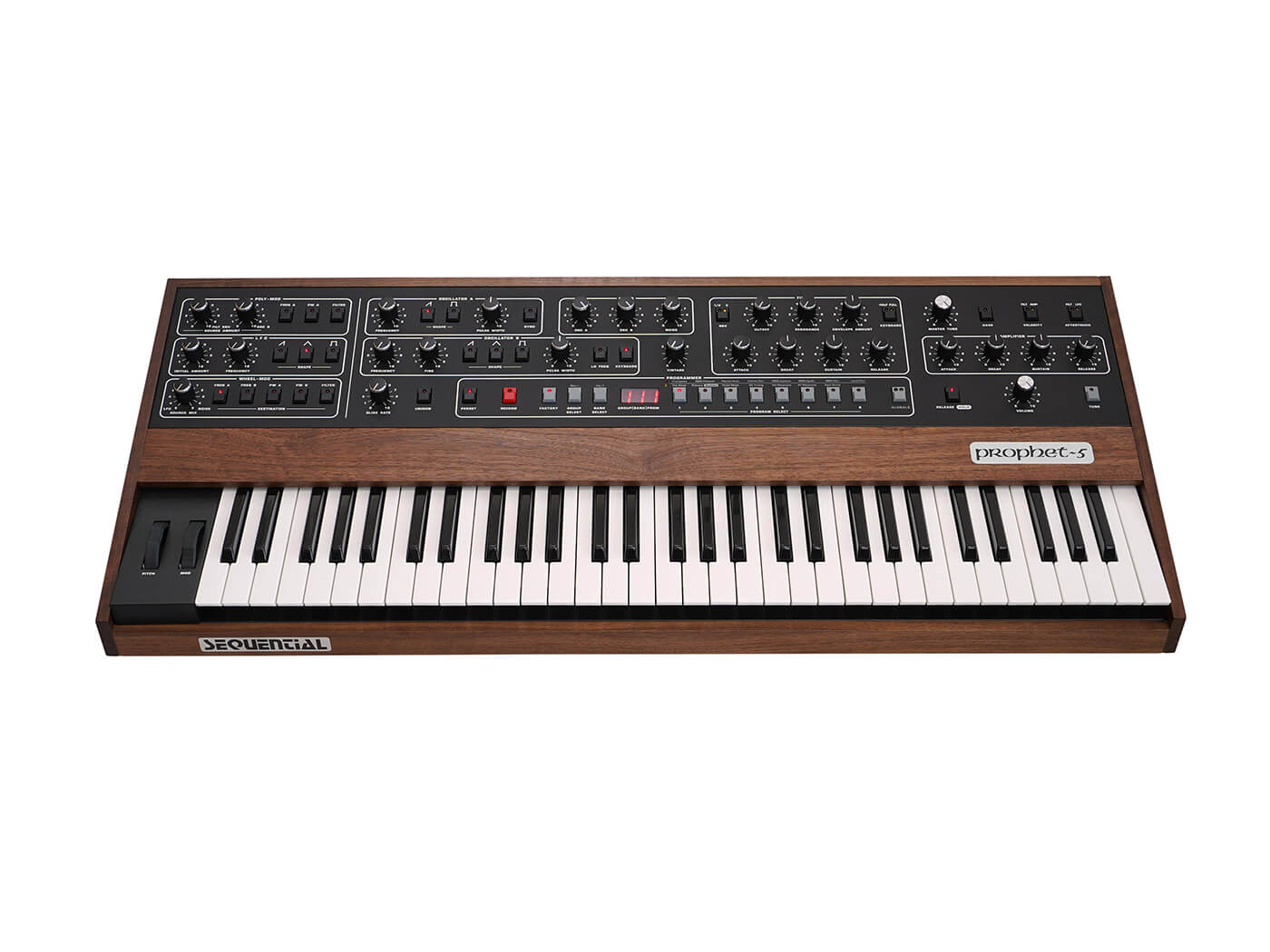
These days, many synthesizer manufacturers are adding vintage-style modes to their modern instruments, such as Sequential on its recreation of the classic Prophet-5. This replicates the feel of older instruments whose oscillators have started to drift and become unstable. Yes, instability is now desirable.
Delay sees this as a direct result of people wanting vintage-sounding synths: “In many vintage analogue synths, the oscillators tend to become slightly less stable over time, leading to more randomness and variation in pitch. And while this may sound like a negative effect, in actuality, this drift is what creates the dynamic and organic sound that so many players love.” By buying a vintage synth, you get access to this from the start.
Classic gear also looks strikingly different to modern gear. While this can include well-earned battle scars from years of impassioned use, it’s also reflected in the retro styling and colours. These can often be just as inspiring as the sound.
Another bonus for used gear is custom modifications. There’s a large community of modders and circuit benders adding aftermarket functionality to instruments, from basic things like MIDI on older, pre-MIDI gear to wild additions like patch points that can completely transform an instrument. These can certainly add to the price but may elevate the instrument to something completely new and even more attractive than the original, base unit.
Lastly, buying used is sustainable. As Delay said, “Buying a used instrument means that no additional resources or energy were consumed to manufacture, transport, and warehouse that piece of gear.”
There are already millions of synthesizers in the world. Why not give an old one a new home?
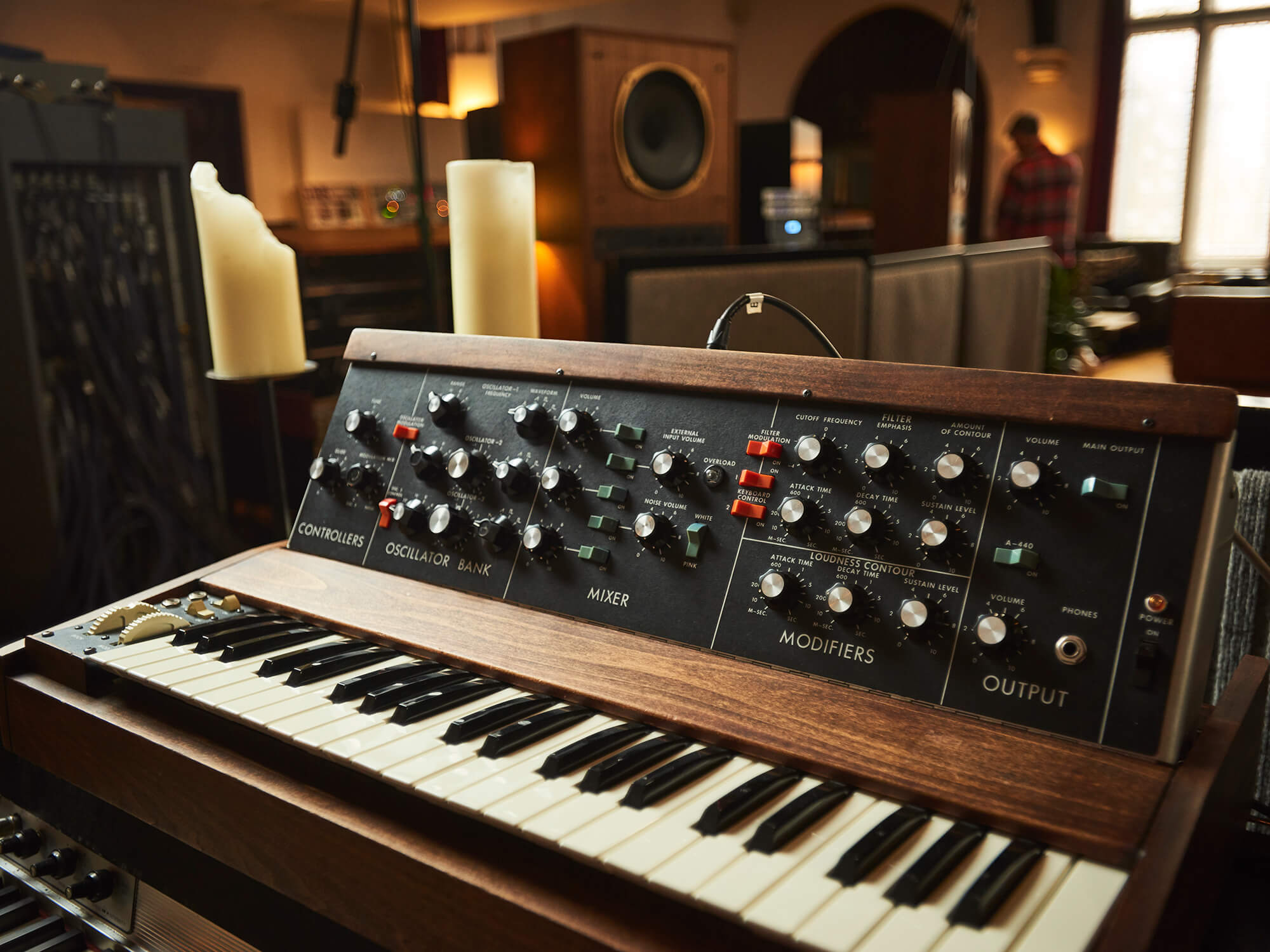
Buyer beware
As when buying any expensive used item, it pays to take care when shopping for a previously owned synthesizer.
Buying from a store that specializes in used electronic instruments – either from a brick-and-mortar shop or one online – is the safest route. They’ll likely guarantee the item and will have already gone over it to address any trouble spots.
If you’re buying from an individual, the best way is to do it is in person so that you can try before you buy. This is not always possible though, so the next best bet is to have the seller send you a video, or better yet, do it live via a teleconferencing application like Zoom. Not every seller is out to rip you off but unscrupulous people do exist, so be careful.
In addition, you’ll want to ensure that you’re not unnecessarily paying above the street price. If you’re unsure of what a vintage synthesizer is worth, try looking for previous sales on marketplaces like Reverb, eBay, and Facebook Marketplace. Unless the synth you’re buying was owned by a prestigious artist or studio, you probably won’t need to pay above the normal asking price.
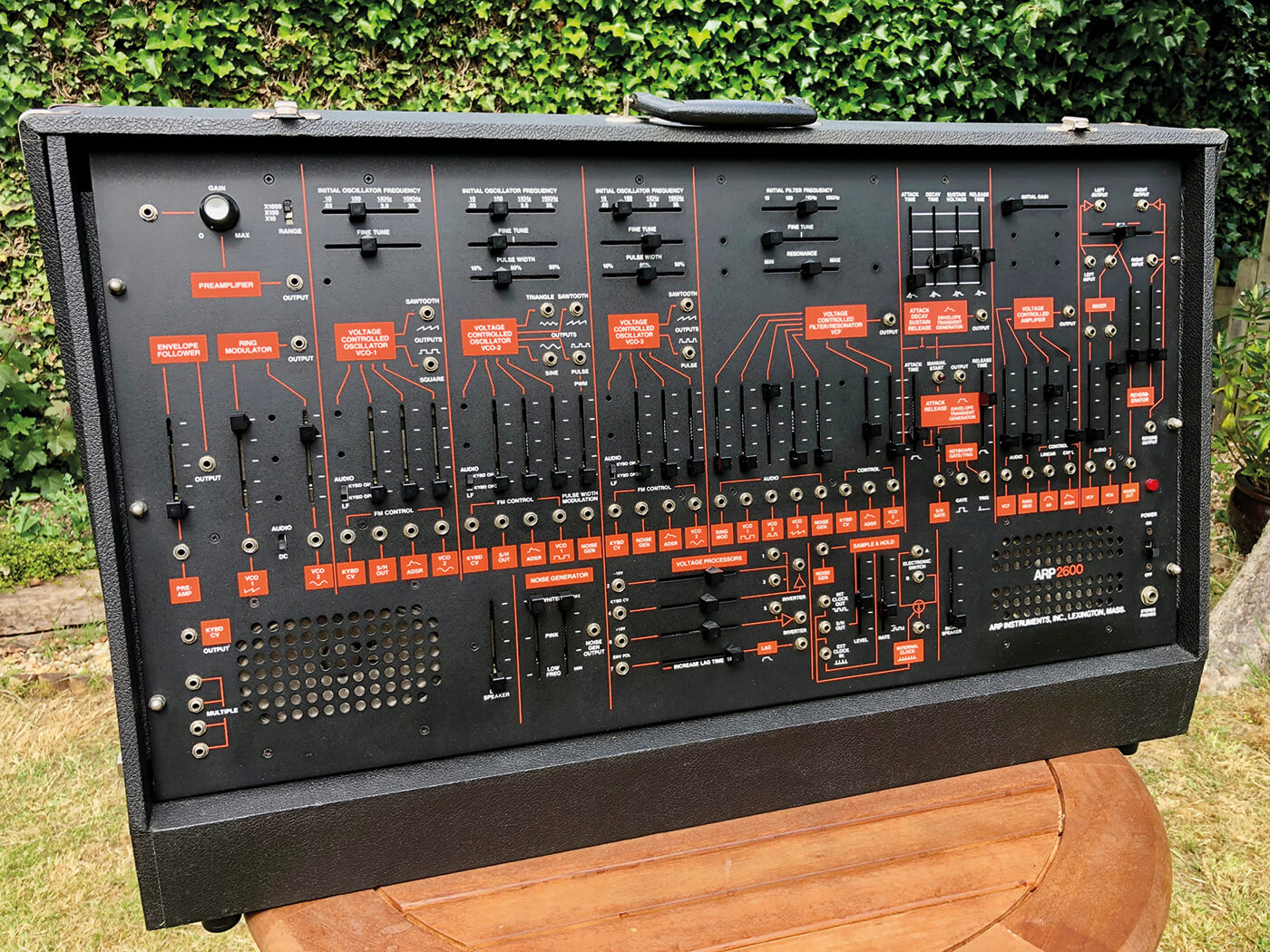
Potential pitfalls
Unless they’ve been properly refurbished, some used synthesizers may be more trouble than they’re worth.
Roland’s Juno-106, for example, is a much-coveted analogue polysynth from the 1980s. It’s also something of a money pit, with voice chips that will eventually fail and have to be refurbished or replaced with clones, unstable filters and a chorus circuit that is also prone to dying an early death.
Most synths are not as hazardous but still may have parts that are prone to failing, with the replacements being specialized and thus expensive – or at worst completely unobtainable.
Our advice is to check around synthesizer message boards and Facebook groups for any potential problems related to the synth you have your eye on. You may decide that the extra expense is worth it after all but at least you won’t be going in blind.
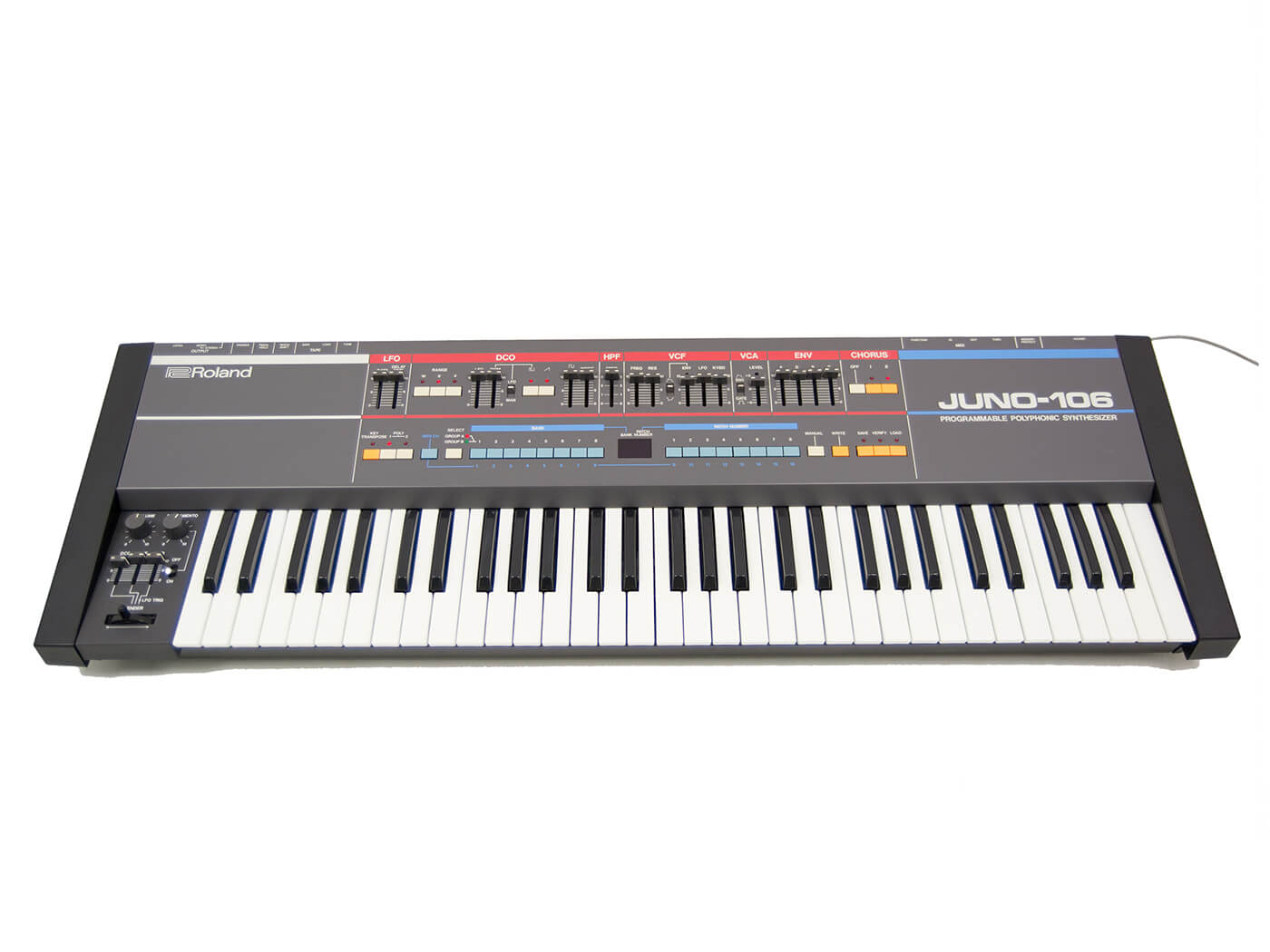
Plan for maintenance
A final word of advice is to plan for things to go wrong. Old synthesizers can be temperamental beasts. It’s part of what makes them special.
But know that something will eventually fail. It could be as simple as an internal battery dying or as catastrophic as an internal battery exploding and leaking corrosive juice all over the PCB. Teaching yourself basic synth maintenance is one solution. The safer way is to have a good local technician in your phone contacts list.